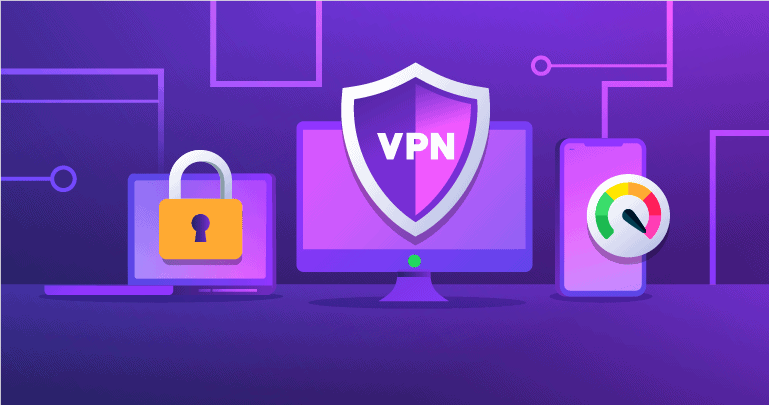A Free VPNs (Virtual Private Network) connects a PC or laptop over the Internet to the office network allowing the remote user to work as if they were sitting at their desk in the office. Normally, setting up a VPN requires significant technical skills as the office firewall needs to be reconfigured, the VPN server has to be setup and the whole lot has to be made secure. Once setup and working,
The VPN server needs to be monitored (to ensure there is nothing suspicious going on) and maintained with the latest security patches provided by the VPN vendor.However, there is an alternative way to setup a VPN by using a VPN service. A VPN service gives all the features of a VPN server but removes the complexity and cost of setup, monitoring and maintenance.
To setup a VPN provided as a service, you need to visit the providers website, register online and download a piece of software to a system in the office network. This software connects the office network to the VPN Service via the Internet without having to change your firewall. By not changing your firewall, you have removed a potential attack point for hackers who scan firewalls to identify weaknesses. Once the office network is connected, you can then add users to the service and setup their PCs for VPN access. The more advanced VPN services provide a way to let the remote user set themselves up for access to the office so that within minutes of registering, a remote user can be working on their applications and files as if they were in the office.
Some hosted VPN services only provide access to a person’s own PC which means that their office PC must always be powered on and that they have a PC/Laptop when out of the office. While these type of VPN services work, they are not very eco-friendly (you need a powered on PC for each remote user) and they don’t support activities such as composing and reading mail when there is no internet access (such as on an aeroplane).
Other VPN services connect the remote user to the office network as if their PC was on a very long cable. With these services a remote user connects directly to the file and mail servers without having to use a desktop PC. With this type of access, people use their laptop exactly the same way in and out of the office without having to remember if a file was stored on a server or on the laptop.
Mail applications such as Microsoft Outlook work especially well on a network VPN as they allow the user to read and compose mail even when they are not connected to the VPN. When the user next connects to the VPN, outlook will automatically send all the newly created mail. Some VPN services will also provide a secure way to access mail and files from any web browser so that remote users do not need to have a laptop with them at all times.
